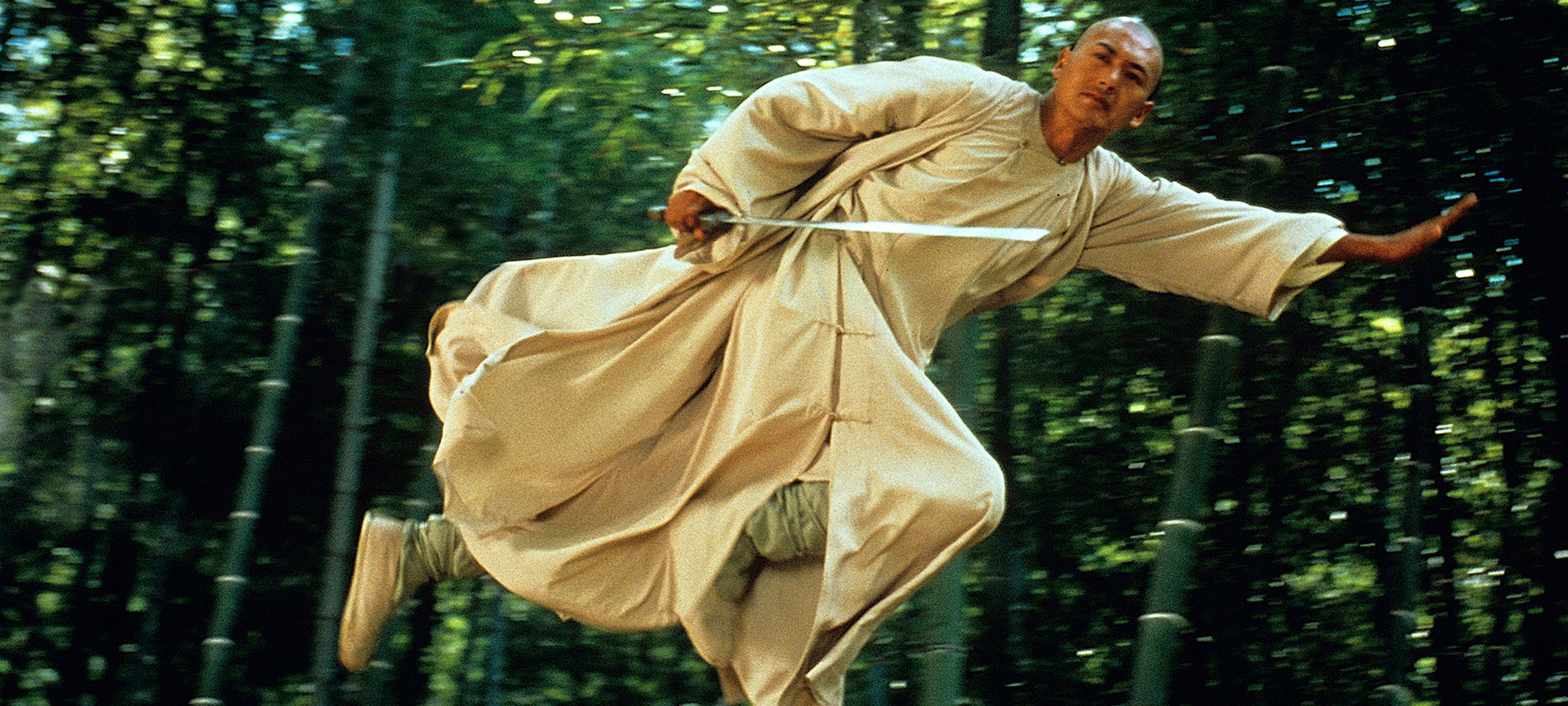
"Crouching Tiger, Hidden Dragon" (2000), directed by Ang Lee, is a cinematic gem that seamlessly melds elements of wuxia martial arts, drama, and romance into a breathtaking tapestry of storytelling. This visually captivating film invites us to journey through ancient China, where honor, love, and destiny intertwine. In this blog post, we'll delve into the film's genre dynamics and intricate mise en scène, unveiling the artistry that contributes to its timeless allure.
A Glimpse into Wuxia Elegance: "Crouching Tiger, Hidden Dragon" marries the wuxia martial arts genre with a compelling narrative. Set against a backdrop of ancient China, the film follows the paths of warriors, lovers, and seekers of justice. As characters engage in gravity-defying combat, their actions become an extension of their inner struggles and desires, making the wuxia genre a canvas for complex emotional exploration.
Mise en Scène and Cinematic Poetry: Ang Lee's meticulous attention to mise en scène is evident in every frame of "Crouching Tiger, Hidden Dragon." The film's stunning visuals, characterized by sweeping landscapes and intricate choreography, transport viewers to a world that is both ethereal and grounded in history. The use of color, composition, and symbolism enhances the emotional depth of the narrative, while the dynamic camera work captures the fluidity and grace of the martial arts sequences.
Discussion Questions:
- Wuxia and Inner Conflict: "Crouching Tiger, Hidden Dragon" embraces the wuxia genre's emphasis on martial prowess and ethical dilemmas. How do the film's characters utilize martial arts to express their internal struggles and aspirations? How does the genre enhance our understanding of their motivations and growth?
- Visual Symbolism and Emotion: The film's visual language, from the lush landscapes to the exquisite fight choreography, communicates deeper meanings. How does the mise en scène evoke emotions and themes that go beyond the surface narrative? Can you identify specific instances where visual elements amplify the characters' emotional journeys?
- Cultural Context and Aesthetic Choices: "Crouching Tiger, Hidden Dragon" draws from Chinese history and cultural traditions. How does the film's mise en scène reflect the cultural context of ancient China? Discuss how the use of costumes, architecture, and nature contributes to the authenticity of the film's setting and its portrayal of martial arts philosophy.
- Lastly, Did you like the film? Why/Why Not?

1. In the film “Crouching Tiger, Hidden Dragon” the characters utilize martial arts to express their internal struggles and aspirations. The way this is done is through the character's physical movements and their combat skills which communicate their emotions and desires. The wuxia genre uses the very intense fight sequences and beautiful choreography to show the character's very impressive physical abilities whilst symbolizing the inner battles of the characters and all of their personal journeys. Their martial arts skills allow the audience to delve deeper into what they are really feeling.
ReplyDelete2. The mise en scene in this film evokes emotions and themes that go beyond the surface narrative. This is done in crouching tiger, Hidden Dragon by using beautiful landscapes and amazing fight choreography which helps show the character's emotional journeys. An example of this is when the fight scene between Li Mu Bai and Jen Yu in the beautiful bamboo forest where the bamboo creates this sort of sense of confinement and isolation. This helps create a picture for the audience showing the internal struggles and conflicting desires of the characters. The fight choreography also strongly emphasizes the character's emotional states while they dance through the forest expressing and demonstrating their frustration and their connection. The color that's used in the film also reflects the character's emotions that are along the theme of love, honor, and sacrifice.
3. The film's mise en Scene reflects the cultural context of ancient China very well. This is done by the costume details reflecting the personality of each character from the warrior's attire to the nobles in very elegant luxurious silks. The architecture also does this with the huge palaces and humble abodes which all stem from the film's cultural context. The nature in this film embodies the Taoist and Buddhist philosophies of living in balance with the natural world. Also, the way the characters practice martial arts in these environments almost dances with the nature showing the connection and respect they have for the world around them.
4. Lastly, I really enjoyed this movie mostly for its visuals and culture.